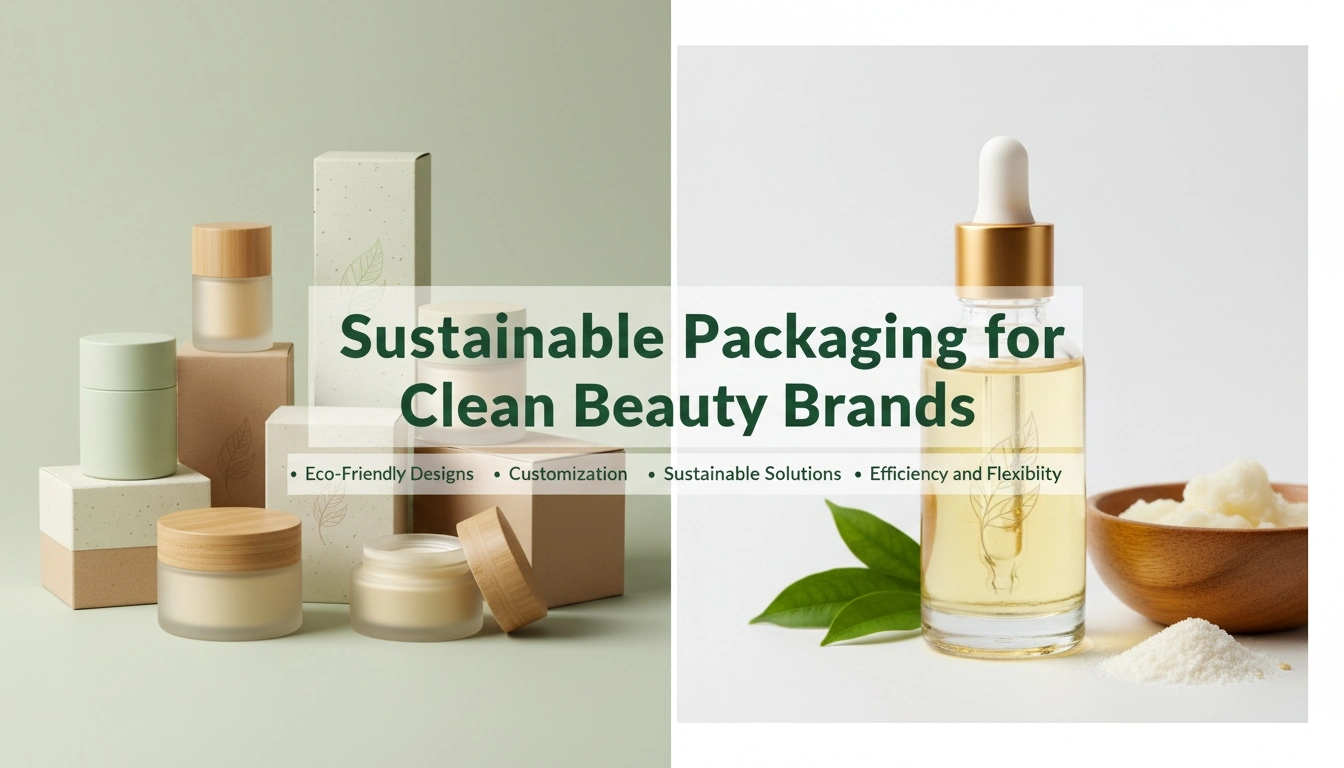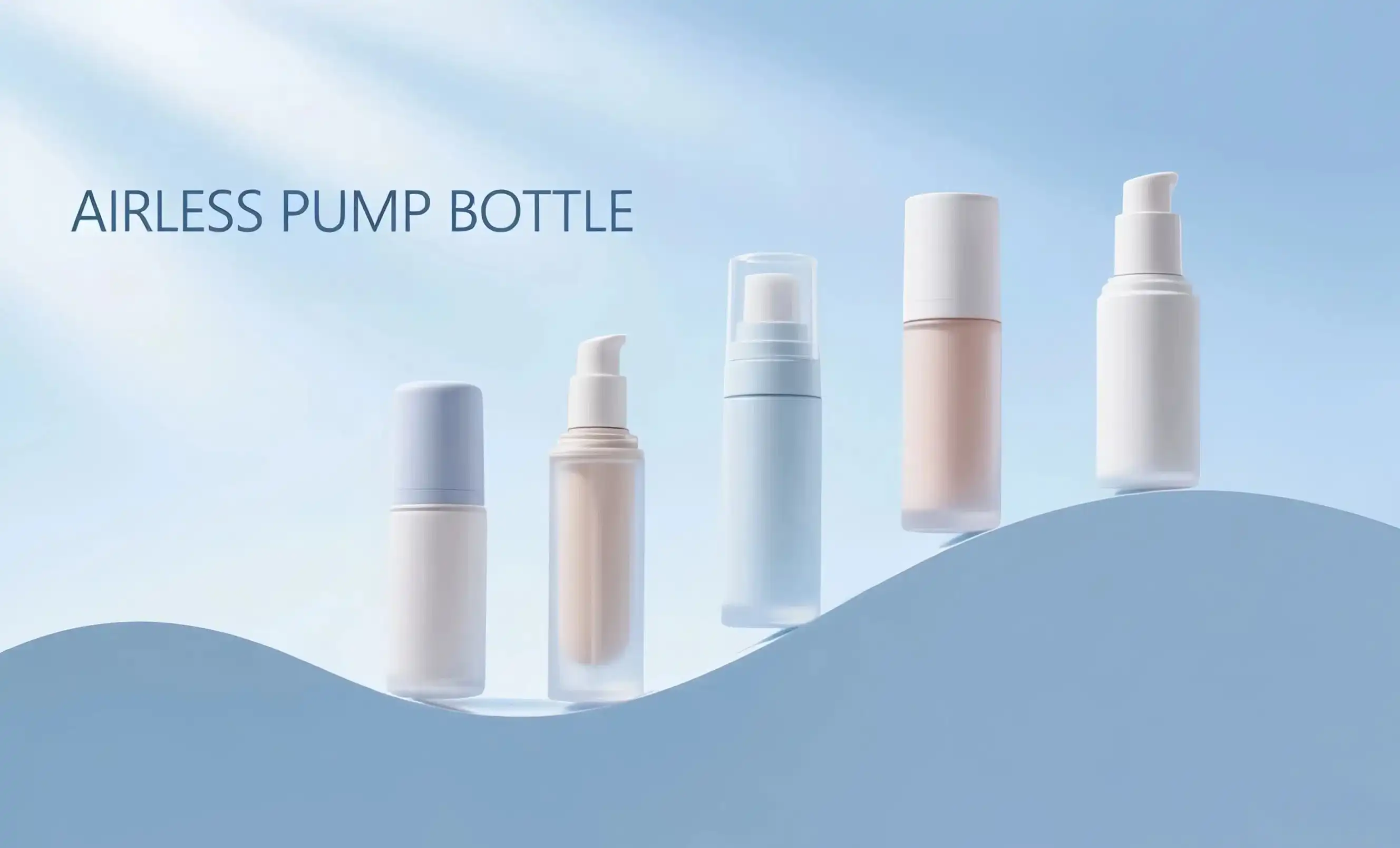Glass vs plastic cream jars: Which is better for skincare?
The debate between glass and plastic cream jars for skincare products is ongoing, with each material offering distinct advantages. Glass jars are often associated with luxury and high-end products due to their weight and elegant appearance. They are also non-reactive, meaning they won't interact with the contents, making them ideal for preserving the integrity of sensitive formulations. Glass is recyclable and can be reused, appealing to environmentally conscious consumers. However, glass jars are heavier, more fragile, and typically more expensive than their plastic counterparts.
Plastic cream jars, particularly those made from PP (polypropylene) or PET (polyethylene terephthalate), have gained popularity in the skincare industry for several reasons. They are lightweight, durable, and less likely to break during shipping or if dropped. Plastic jars are also more versatile in terms of design options, allowing for a wider range of shapes, sizes, and colors. Many plastic jars now incorporate airless technology, which helps preserve the product by minimizing air exposure. Additionally, advances in plastic technology have led to the development of more sustainable options, such as recycled and bio-based plastics.
Factors to consider when choosing between glass and plastic:
- Product formulation: Some ingredients may react with plastic, making glass a better choice.
- Brand image: Luxury brands often prefer glass for its premium feel.
- Target market: Consider consumer preferences and environmental concerns.
- Shipping and handling: Plastic may be more practical for e-commerce brands.
- Cost: Plastic is generally more cost-effective for mass production.
Ultimately, the choice between glass and plastic depends on the specific needs of the product and brand. Some companies opt for a hybrid approach, using glass for their premium lines and plastic for more affordable or travel-friendly options.
Top 3 safest materials for cosmetic cream jars
When it comes to packaging cosmetic creams, safety is paramount. The materials used must not only protect the product but also ensure that no harmful substances leach into the formulation. Here are the top three safest materials for cosmetic cream jars:
1. Borosilicate Glass
Borosilicate glass is widely regarded as one of the safest materials for cosmetic packaging. It is chemically inert, meaning it doesn't react with the contents of the jar. This glass type is also highly resistant to thermal shock, making it suitable for products that may be exposed to temperature changes. Borosilicate glass is free from harmful chemicals like BPA and phthalates, providing an extra layer of safety for consumers. Its transparency allows users to see the product inside, which can be a selling point for many brands.
2. High-Quality Polypropylene (PP)
Among plastic options, high-quality polypropylene stands out as one of the safest choices for cosmetic cream jars. PP is known for its chemical resistance and stability, making it unlikely to react with the product or leach harmful substances. It's also FDA-approved for food contact, which speaks to its safety profile. PP is recyclable and can be produced using PCR (post-consumer recycled) content, aligning with sustainability goals. Its versatility in molding allows for various designs and airless packaging options, which can help extend product shelf life.
3. Aluminum
While less common than glass or plastic, aluminum is gaining popularity as a safe material for cosmetic packaging. Aluminum is impermeable to light, air, and moisture, providing excellent protection for sensitive formulations. It's lightweight, durable, and infinitely recyclable, making it an eco-friendly option. Aluminum jars can be anodized or coated to prevent any interaction with the product, ensuring the safety and integrity of the contents. The sleek, modern appearance of aluminum jars also appeals to many brands looking for a distinctive packaging solution.
These materials not only prioritize safety but also offer different aesthetic and functional benefits. When selecting a material for cosmetic cream jars, brands should consider factors such as product compatibility, regulatory compliance, and target market preferences. It's also crucial to work with reputable suppliers who can provide necessary certifications and quality assurance.
Why is PP plastic popular for cream jar packaging?
Polypropylene (PP) plastic has become increasingly popular for cream jar packaging in the cosmetics and skincare industry. Its widespread use can be attributed to a combination of practical, economic, and safety factors that make it an attractive option for many brands. Let's delve into the reasons behind PP's popularity in cream jar production:
Versatility and Durability
PP plastic offers exceptional versatility in terms of design and functionality. It can be molded into various shapes and sizes, allowing brands to create unique and eye-catching packaging. PP is also highly durable, resistant to cracking, and can withstand impacts, making it ideal for products that may be frequently handled or transported. This durability extends the shelf life of the packaging, ensuring that the product remains protected throughout its use.
Chemical Resistance and Stability
One of the key advantages of PP plastic is its excellent chemical resistance. It doesn't react with most cosmetic formulations, including oils, alcohols, and water-based products. This stability ensures that the cream's integrity is maintained over time, without the risk of contamination from the packaging material. PP's resistance to chemicals also makes it suitable for a wide range of skincare products, from gentle moisturizers to more potent active-ingredient formulations.
Cost-Effectiveness and Production Efficiency
From a manufacturing perspective, PP plastic is cost-effective and efficient to produce. It has a lower melting point compared to other plastics, which translates to reduced energy consumption during the molding process. PP is also lightweight, which can lead to savings in transportation costs. These factors contribute to making PP an economically viable option for brands of all sizes, from start-ups to established cosmetic companies.
Recyclability and Sustainability
As environmental concerns become increasingly important to consumers, PP's recyclability adds to its appeal. Many recycling programs accept PP plastic, and it can be recycled multiple times without significant degradation in quality. Additionally, advancements in recycling technology have made it possible to produce PP jars with post-consumer recycled (PCR) content, aligning with sustainability initiatives in the beauty industry.
Compatibility with Airless Technology
PP plastic is well-suited for use in airless packaging systems, which are becoming increasingly popular in the skincare industry. Airless cream jars help preserve the product by minimizing air exposure, extending shelf life, and reducing the need for preservatives. PP's flexibility and strength make it an ideal material for the intricate components required in airless packaging designs.
Regulatory Compliance
PP plastic meets various regulatory standards, including FDA approval for food contact. This compliance extends to cosmetic packaging, giving brands confidence in its safety for use with skincare products. PP's ability to meet stringent regulatory requirements across different markets simplifies the process of global product launches and distribution.
The combination of these factors - versatility, durability, chemical resistance, cost-effectiveness, sustainability, compatibility with advanced packaging technologies, and regulatory compliance - has solidified PP plastic's position as a go-to material for cream jar packaging. As the cosmetics industry continues to evolve, PP's adaptability to new trends and technologies ensures its ongoing popularity among brands and consumers alike.
Conclusion
A crucial option that affects consumer pleasure, brand image, and product purity is the materials used to make cream jars. Choosing between the timeless beauty of glass, the adaptability of plastic, or the contemporary appeal of aluminum, each material has special advantages catered to various requirements and tastes in the cosmetics sector. Manufacturers are experimenting with recycled and environmentally friendly materials as sustainability gains traction, creating new opportunities for environmentally conscious firms.
For brands seeking cutting-edge packaging solutions that prioritize product preservation and sustainability, Topfeelpack offers advanced airless bottles designed to prevent air exposure and maintain product effectiveness. Our commitment to sustainability, fast customization capabilities, competitive pricing, and quick delivery times make us an ideal partner for skincare brands, makeup companies, and cosmetics manufacturers looking to elevate their packaging game.
Are you ready to explore innovative packaging solutions for your cosmetic products? Whether you're a CEO looking for premium packaging options, a product manager seeking functional designs, or a brand manager focused on aligning packaging with your brand image, Topfeelpack has the expertise and resources to meet your needs. From sustainable materials to custom designs, we offer comprehensive solutions tailored to your specific requirements. Contact us today at pack@topfeelgroup.com to discover how our cosmetic airless bottles and cream jars can enhance your product line and delight your customers.
References
- Johnson, A. (2022). "Materials Science in Cosmetic Packaging: A Comprehensive Review." Journal of Cosmetic Science, 73(4), 215-230.
- Smith, B., & Brown, C. (2021). "Sustainable Packaging Solutions for the Beauty Industry." Packaging Technology and Science, 34(6), 329-345.
- Garcia, M. et al. (2023). "Consumer Perceptions of Eco-Friendly Cosmetic Packaging." International Journal of Consumer Studies, 47(2), 180-195.
- Lee, K., & Park, S. (2022). "Advancements in Airless Packaging Technology for Skincare Products." Journal of Packaging Technology and Research, 6(3), 245-260.
- Wilson, D. (2021). "The Impact of Packaging Materials on Cosmetic Product Stability." International Journal of Cosmetic Science, 43(5), 501-515.
- Thompson, R. (2023). "Regulatory Compliance in Cosmetic Packaging: A Global Perspective." Regulatory Toxicology and Pharmacology, 128, 105092.


 - 副本_1745399213966.webp)

_1747827716538.webp)

